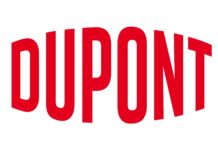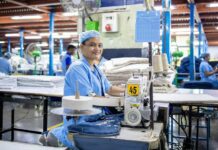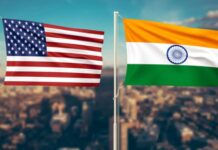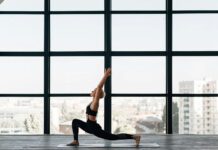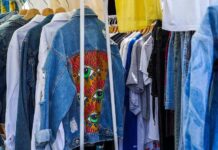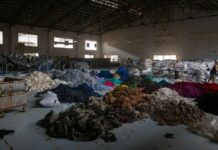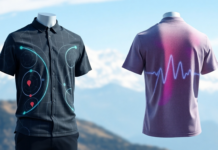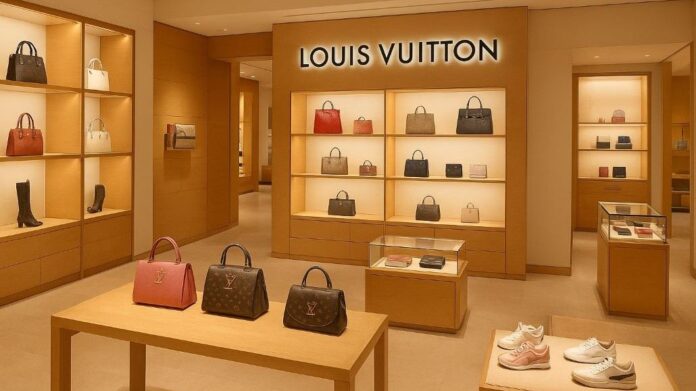LVMH Moet Hennessy Louis Vuitton, the renowned French luxury brand, reported a revenue of €58.1 billion (approximately $67.4 billion) for the first nine months of 2025, reflecting a 2% decline organically compared to the previous year. In the face of persistent economic uncertainty and geopolitical challenges, the luxury powerhouse demonstrated resilience, with its third quarter showing a modest 1% organic growth supported by favorable trends across most business divisions, except in Europe where tourist spending diminished due to currency fluctuations.
The Fashion and Leather Goods division saw a 6% organic drop, generating €27.6 billion (around $32.01 billion). This decline corresponds with the normalization of tourist spending following the significant gains of 2024. However, local demand remained strong, allowing LVMH to maintain its creative leadership in the market. Louis Vuitton stood out, effectively blending its historical legacy with contemporary aesthetics, a testament to the compelling presentations by designers Nicolas Ghesquière and Pharrell Williams, as highlighted in the company’s press release.
The Louis, an innovative destination in Shanghai, designed to resemble a museum inspired by a cruise ship, attracted a substantial number of visitors.
At Christian Dior, Jonathan Anderson’s recent appointment as creative director has breathed new life into Dior’s iconic ‘new look,’ receiving enthusiastic feedback for both men’s and women’s collections. The establishment of two new House of Dior flagship stores in New York and Beverly Hills further illustrates the brand’s ongoing global expansion strategy. Loro Piana also reaffirmed its expertise in natural fibers by unveiling a new collection at Milan’s Palazzo Citterio while celebrating its partnership with Team Europe for the 2025 Ryder Cup.
Fendi transitioned into new leadership, with Silvia Venturini Fendi becoming honorary president and Maria Grazia Chiuri stepping in as chief creative officer. Furthermore, Celine, Loewe, and Givenchy launched collections under the fresh creative visions of Michael Rider, Jack McCollough and Lazaro Hernandez, and Sarah Burton, all of which received commendation.
Selective Retailing noted a 3% organic increase in revenue, reaching €12.6 billion, buoyed by positive results across all three retail banners.
The recovery of duty-free shopping was evident in the third quarter, especially in Macao and Hong Kong, benefiting from the resurgence of travel and increased spending by Asian tourists. Initiatives implemented earlier in the year have enhanced operational efficiency and profitability. Le Bon Marche, LVMH’s famous Parisian department store, experienced steady growth thanks to its curated product assortment, emphasis on experiential retail, and a variety of cultural events that distinguish it in a competitive landscape.
Despite uncertainties on a global scale and varying demand patterns, LVMH remains confident about its long-term prospects. The group aims to bolster the desirability of its brands by focusing on creativity, exceptional craftsmanship, and enriching customer experiences. With robust local demand and a commitment to sustainability and innovation, LVMH intends to utilize the diversity of its offerings and strong brand equity to reinforce its leadership in the luxury market dynamics throughout 2025.
As we observe LVMH’s revenue performance, the luxury sector continues to navigate challenges while seizing opportunities for growth and innovation.



